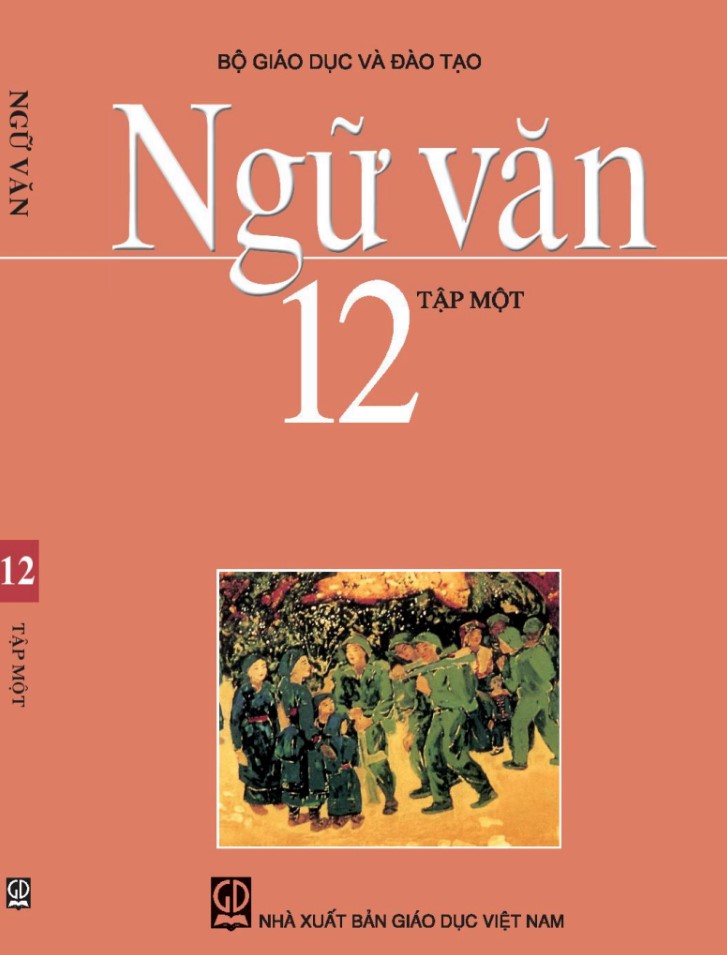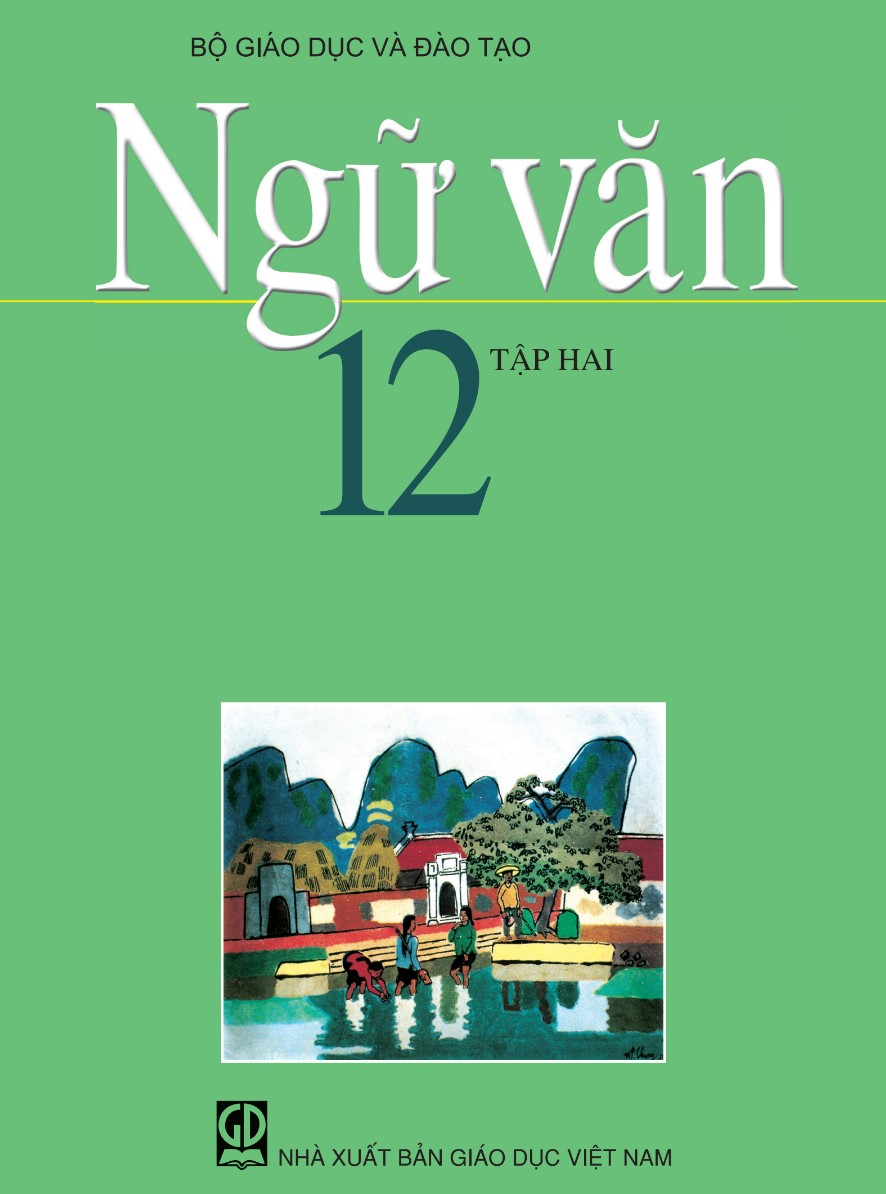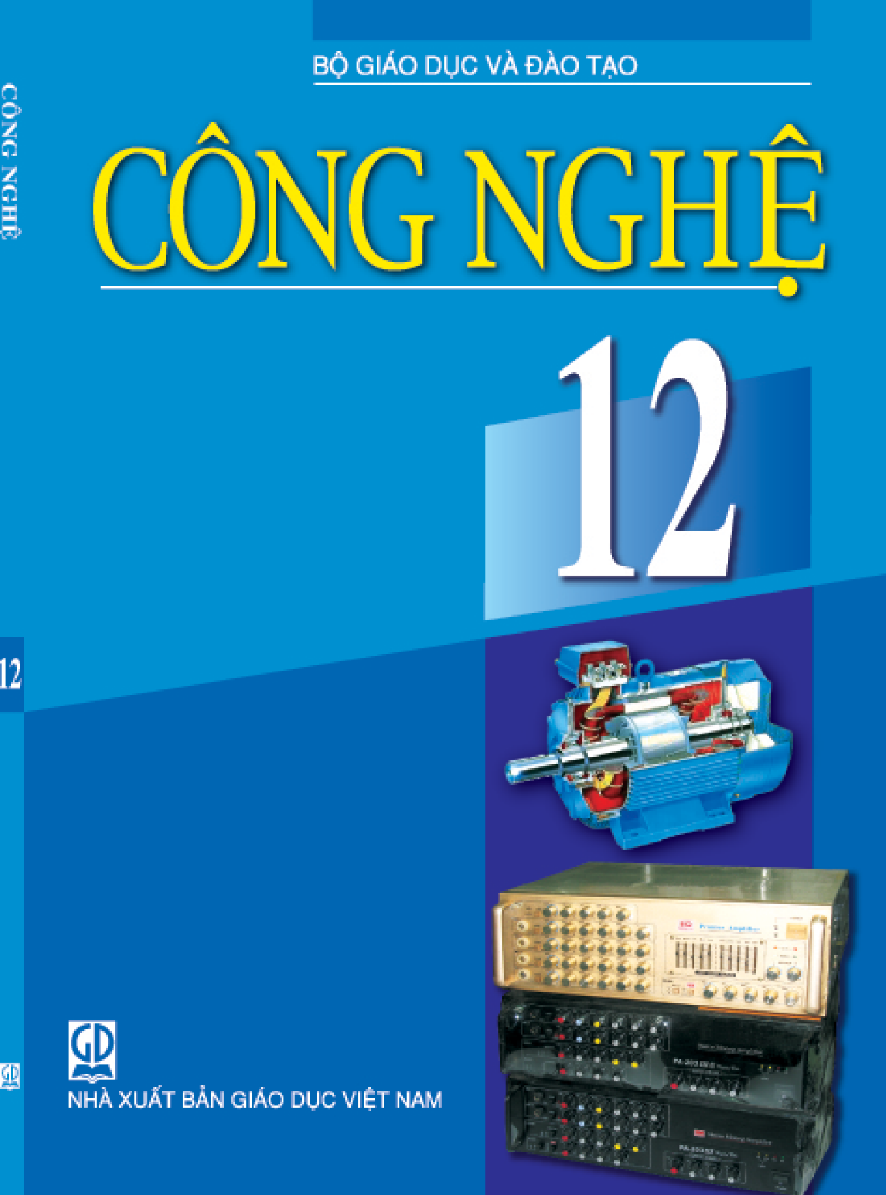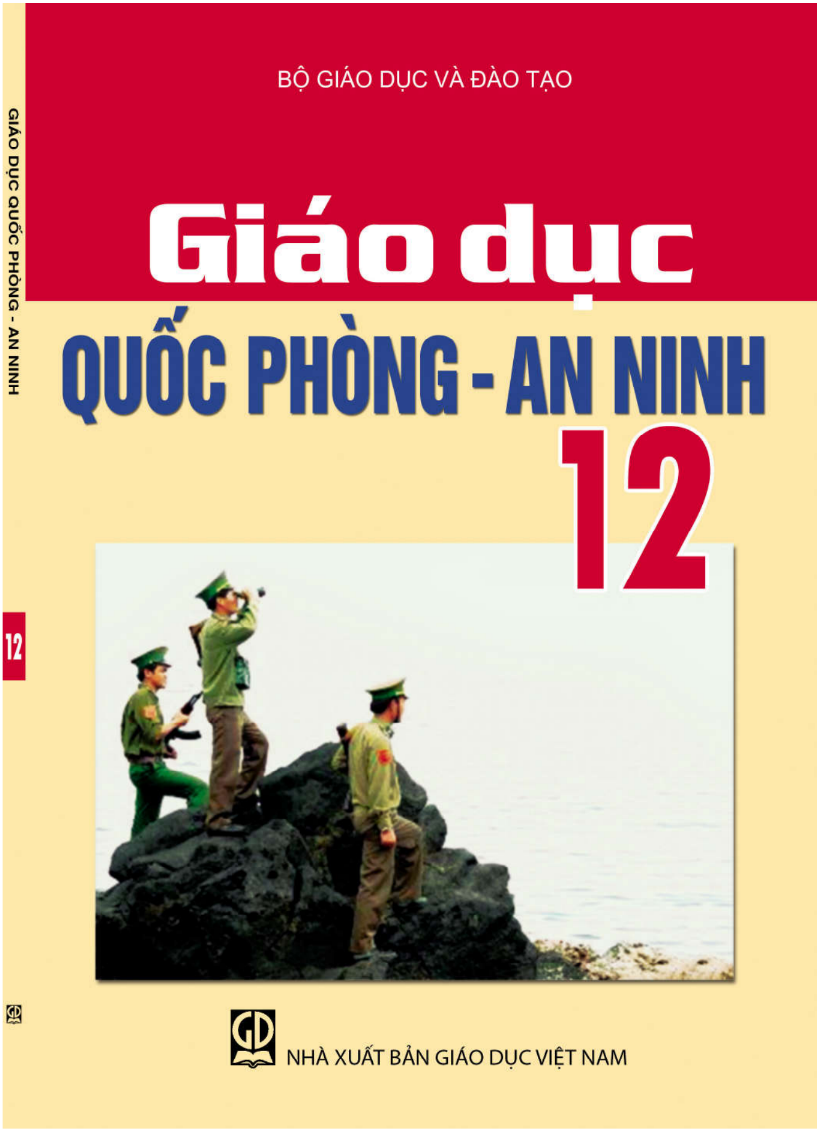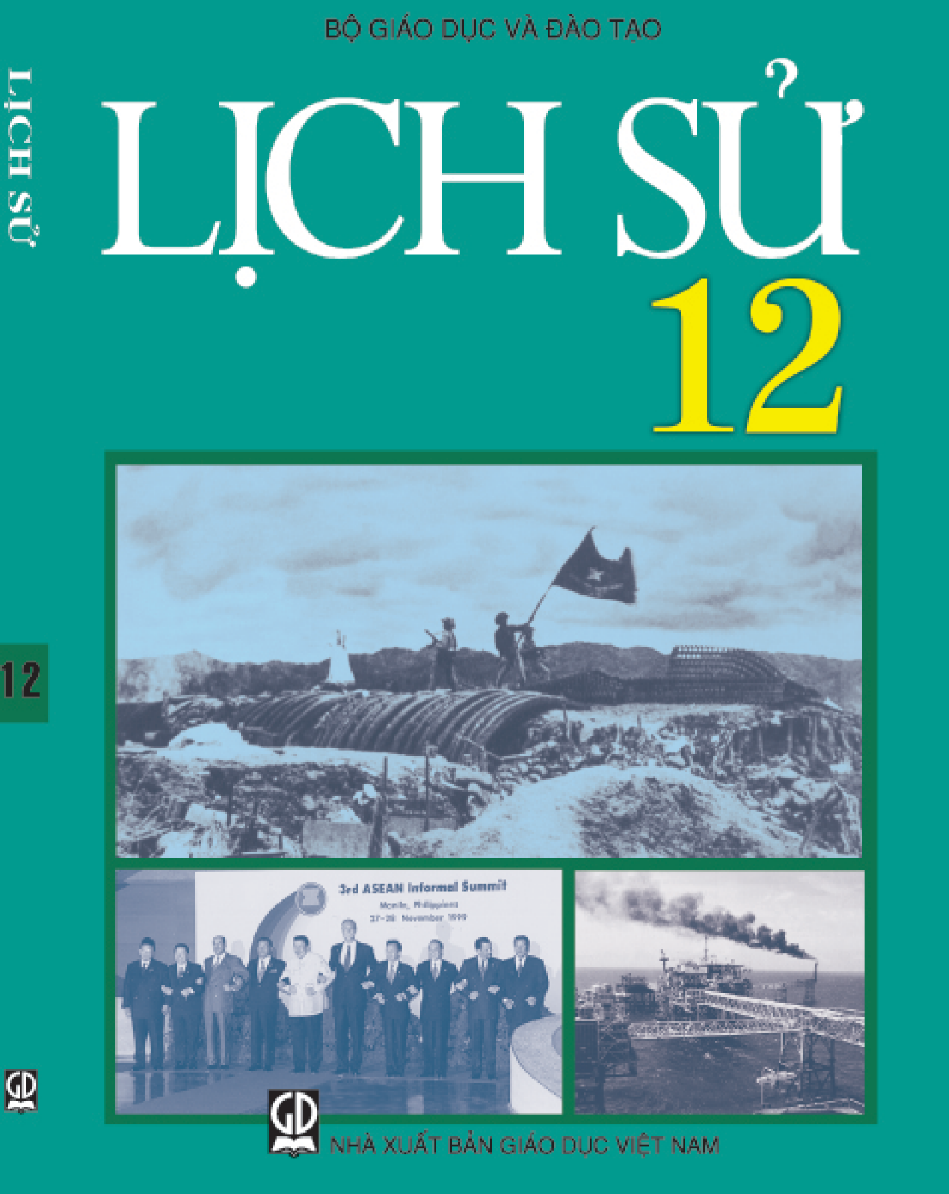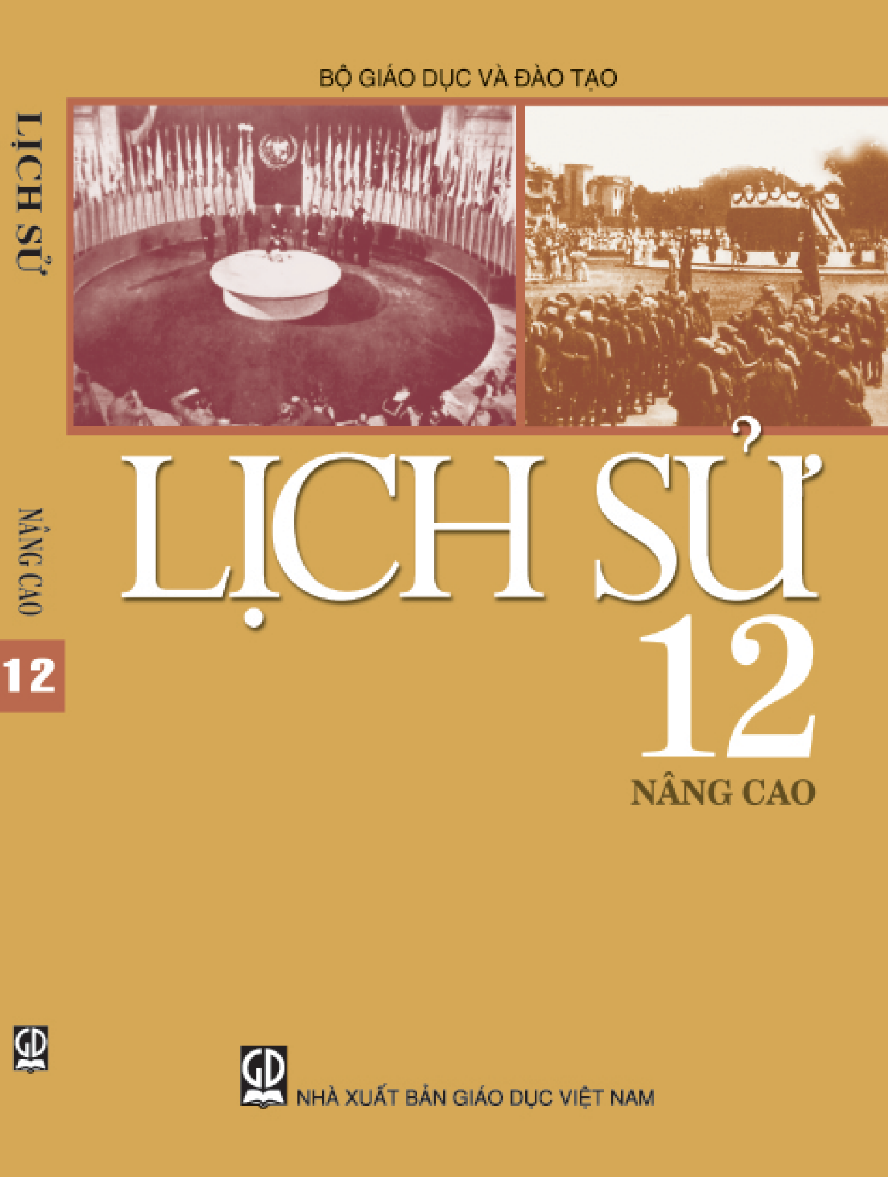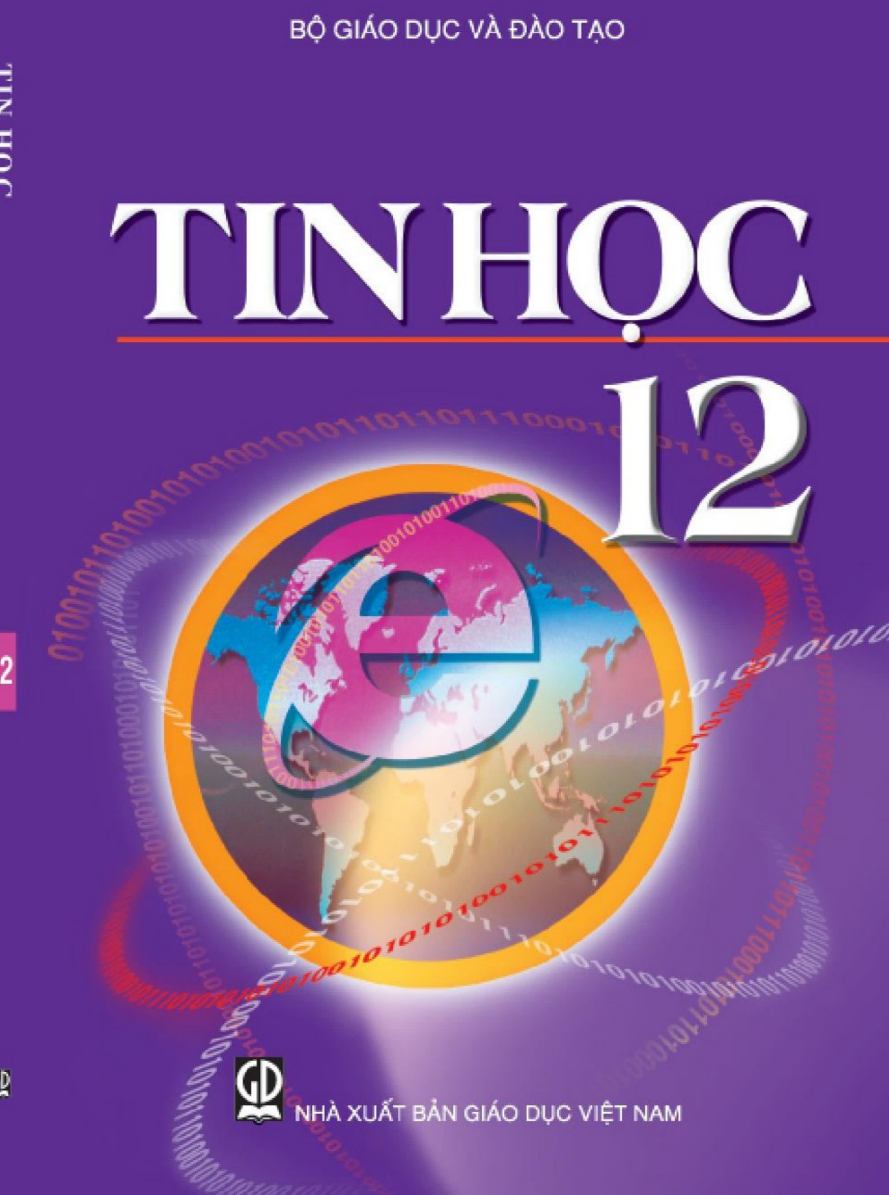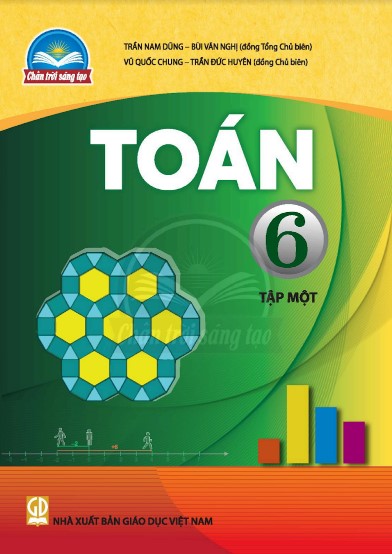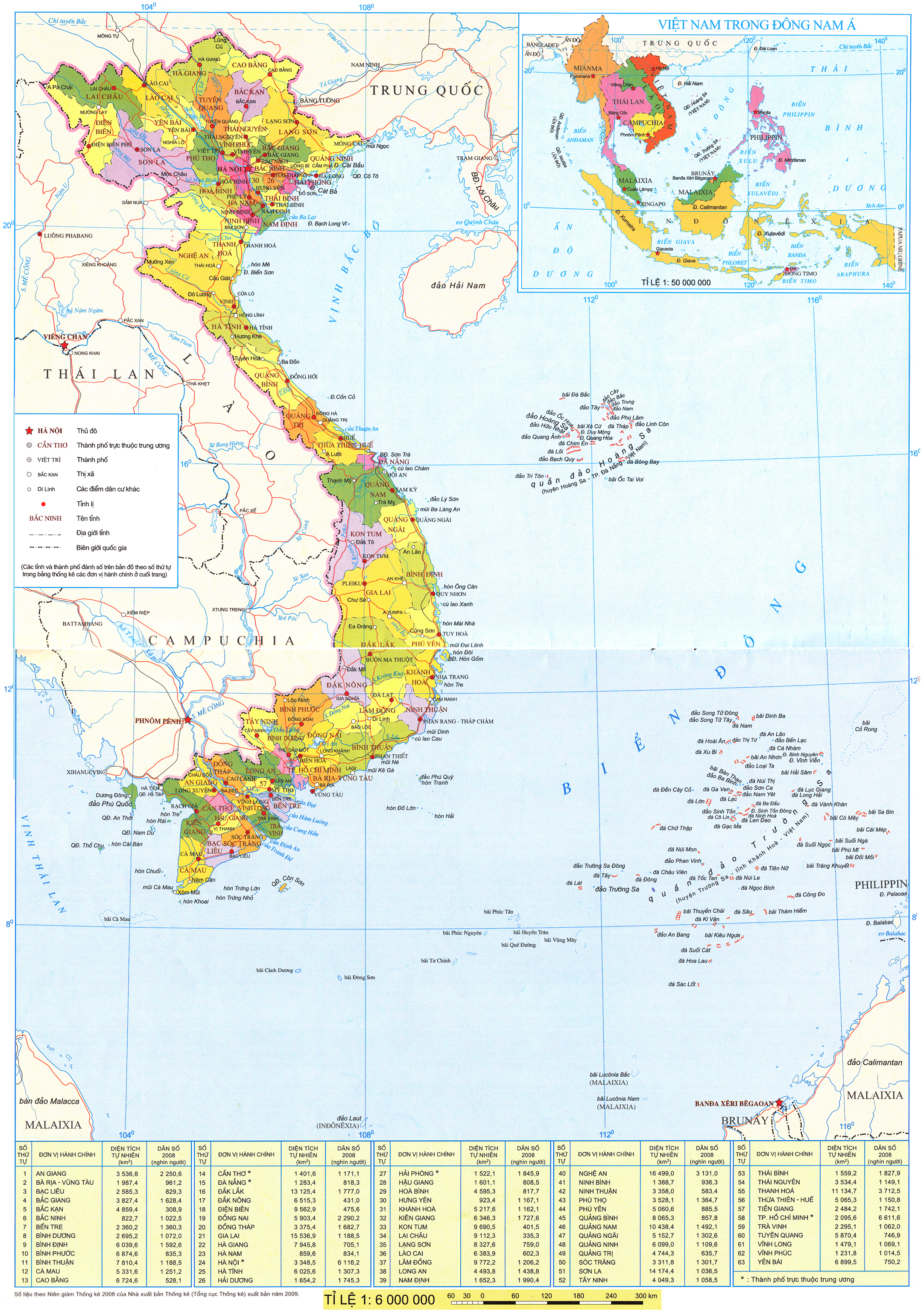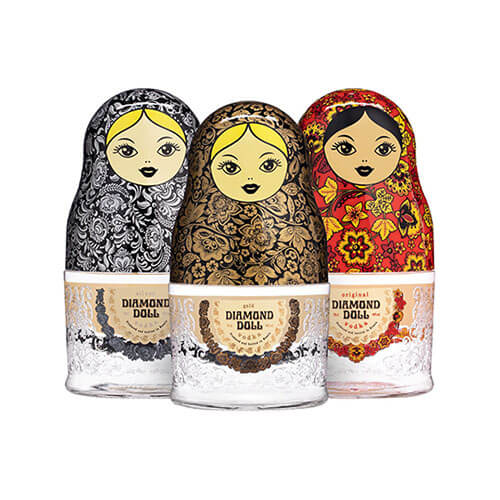(Page 52)
III. READING
Urbanisation of Ha Noi
1. Work in pairs. Look at the pictures in the article in 2 below. Discuss the following questions.
1. What can you see in each picture?
2. What do the pictures tell you about Ha Noi and people's life in the city?
2. Read the article. Choose the correct meanings of the highlighted words. 
Ha Noi | Then and Now
'Ha Noi Then and Now' exhibition has attracted thousands of visitors this week. The pictures have brought back childhood memories to old residents while helping younger generations see how the city has changed over the years.
In the 'Then' hall, visitors can see pictures of 20th-century Ha Noi. Back in 1954, it was a small city with a population of about 530,000 residents in an area of about 152 sq km. The capital's famous Old Quarter or '36 old streets' dates back hundreds of years, with each street focusing on a different trade or craft.
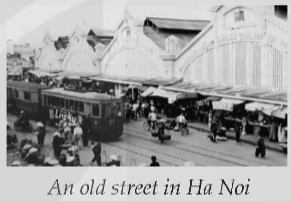

An old street in Ha Noi The way Hanoians got around
'My parents couldn't afford a motorbike or car. Most residents used to get around by bicycle or on foot,' said an 80-year-old visitor. Trams, which began service in 1901, were a popular means of public transport until 1991. Buses were not very frequent then. People lived and worked in low-rise buildings. The city was a fascinating mixture of French colonial buildings and traditional Eastern architecture.
The 'Now' pictures show a modern city with a population of over 8 million people. Over the years, the urban area has gradually expanded to over 3,000 sq km including many of the surrounding villages. As rural residents move into Ha Noi, the government is providing more affordable housing. More high-rise buildings have also been built. Ha Noi has improved its transport infrastructure, building new roads and bridges. It is modernising bus services using more electric ones. The Ha Noi Metro opened to the public in 2021 and is expected to include more lines by 2030.
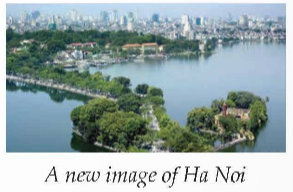
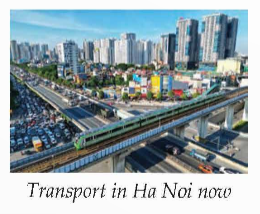
A new image of Ha Noi Transport in Ha Noi now
However, urbanisation has created new problems. 'As more people come to seek better job opportunities, the city is getting more and more crowded. This has led to more traffic jams and higher unemployment rates,' said a 21-year-old student. Air pollution is also causing concern among city residents.
1. residents
A. people who live in a particular place
B. buildings in a particular place
2. colonial
A. connected with the native country
B. connected with a country that controls another country
3. gradually
A. slowly, over a period of time
B. quickly, over a short time
4. modernising
A. making something attractive
B. making use of the latest technology, design, etc.
5. concern
A. a feeling of satisfaction
B. a feeling of worry about something important
3. Read the article again. Put the main ideas in the order they appear in the article.
The correct order is: 1. __________
2. __________
3. __________
4. __________
A. Ha Noi's modern infrastructure and architecture
B. The challenges of urban growth
C. Ha Noi as a small city with old streets selling different products
D. 20th-century transport and architecture
4. Read the article again and complete the table using no more than THREE words and/or a number for each gap.
| Ha Noi | 20th century | Now |
| Area | - about (1) _____ sq km (1954) | - over 3,000 sq km |
| Population | - about 530,000 people (1954) | - over (2) _____ people |
| Public transport | - (3) _____ and buses | - modern buses and (4) _____ |
| Architecture | - mainly (5) _____ | - more high-rise buildings |
5. Work in pairs. Discuss the following questions.
Which one do you prefer to live in: Ha Noi in the past or Ha Noi at present? Why?
